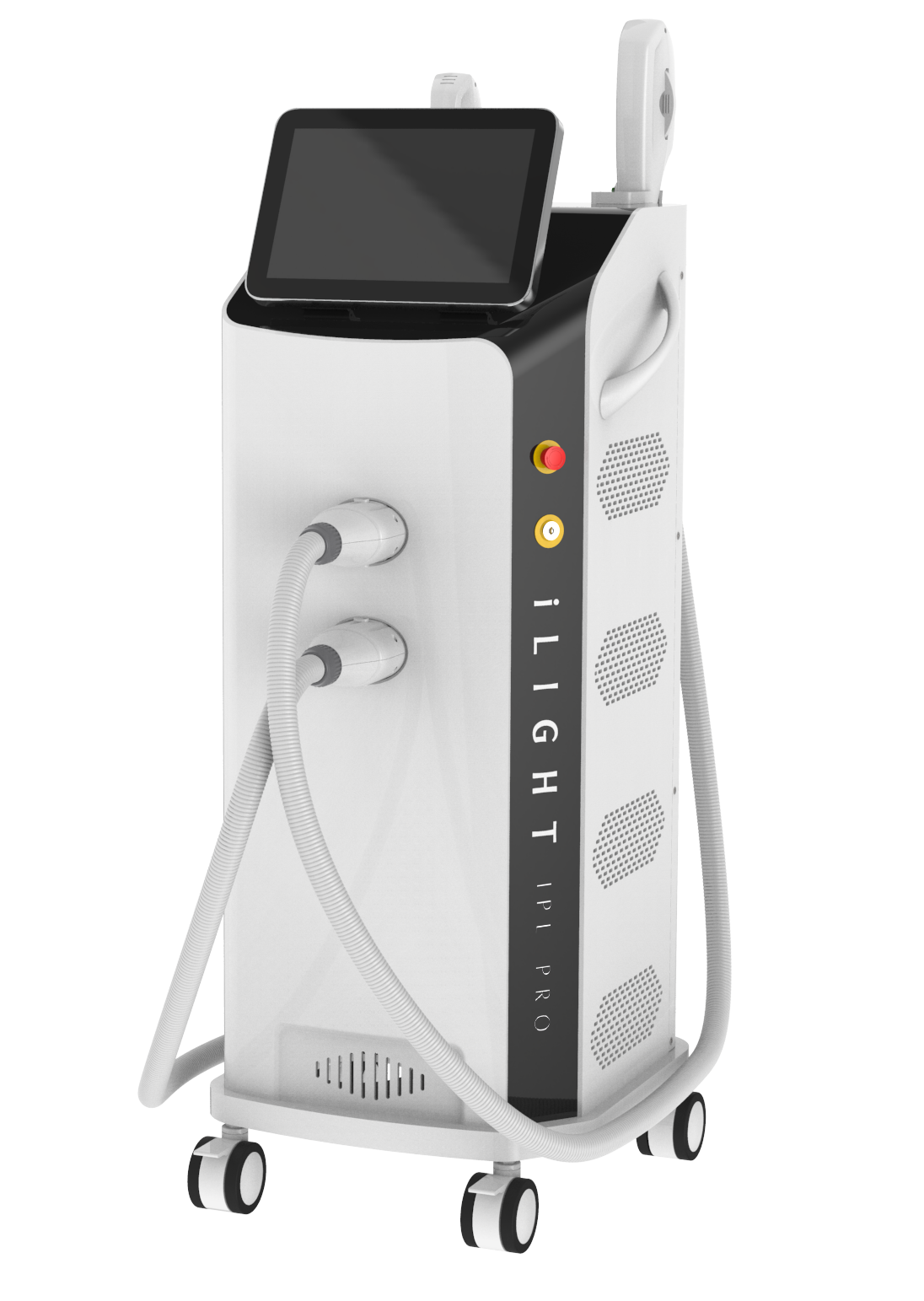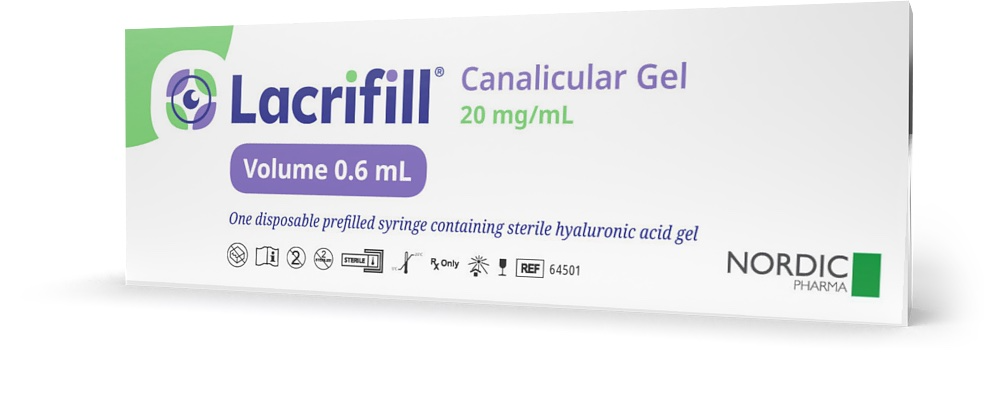Arlington Eye Center is pleased to offer the iLight IPL to our patients for the treatment of dry eye.
 What is IPL?
What is IPL?
IPL, or Intense Pulsed Light, was first introduced in 1994 for skincare treatments, primarily to address the signs of aging. Over time, its benefits have expanded beyond cosmetic use to provide relief for a range of conditions, including dry eyes. For dry eye treatment, IPL uses strong pulses of light to target the underlying cause of many dry eye issues, including inflammation, blepharitis and ocular rosacea.
How Does IPL Work for Dry Eyes?
IPL targets two key components that contribute to dry eye syndrome:
-
Inflammation: IPL effectively reduces inflammation in the meibomian glands, which are responsible for producing the oily layer of tears. When these glands become inflamed, they can't produce enough oil to keep tears from evaporating too quickly.
-
Blood Vessels: IPL also targets abnormal blood vessels on the surface of the eye. These vessels can contribute to dryness and discomfort by promoting inflammation and interfering with the normal tear film.
How Many Treatments Will I Need?
Most patients notice and feel a difference right away. Typically a series of 4-6 treatments is ideal depending on severity. The series is usually followed by a 6-12 month follow up appointment and then a yearly birthday maintenance treatment.
Does IPL Hurt?
You've likely heard varying responses to this question, as the answer really depends on your pain threshold. The sensation is generally compared to that of an elastic band flick - but the best IPL devices out there work so quickly, you'll barely have time to register it.
What Other Benefits Does IPL Provide?
In addition to the treatment of dry eye syndrome, Arlington Eye Center can offer patients the added benefits of IPL. Through this revolutionary treatment, you can:
- Reduce pigmentation, sun damage and brown spots
- Kill harmful bacteria that causes acne
- Treat rosacea and broken blood vessels
- Help treat meibomian gland dysfunction, a common cause of most chronic dry eye symptoms
- Rejuvenate your face by reducing fine lines and wrinkles
When Will You See Results from an IPL?
Some may see results in as little as three weeks - but the exact time will differ from person to person, depending on various factors. Most people will need a series of 3-6 treatments for optimal results.




 What is IPL?
What is IPL? Arlington Eye Center is pleased to offer LACRIFILL® Canalicular Gel to our patients for the treatment of dry eye.
Arlington Eye Center is pleased to offer LACRIFILL® Canalicular Gel to our patients for the treatment of dry eye.